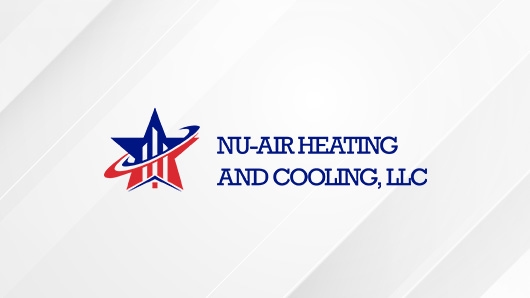If you’re familiar with Louisiana’s hurricane season, then you know the drill when it comes to storm preparedness. But in your rush to board up windows and doors, don’t overlook your HVAC system. These units are strong but they’re not stormproof. Here’s how to protect your central heating and cooling equipment during extreme weather and what to do in the aftermath.
Power down your AC: It's unlikely that a bolt of lightning will strike the outdoor unit directly. However, there’s a chance that lighting could hit the utility lines that power your home, causing an electrical surge that could fry sensitive circuitry in major household appliances, including your HVAC system. Turn off your heating and cooling equipment at both the thermostat and the circuit breaker. Consider also installing a whole-home surge protector to safeguard your appliances and plugged-in devices.
Protect it from debris and hail: The biggest threat to your outdoor condensing unit is windblown projectiles. While the equipment’s interior components are protected by a metal cabinet, you should take further precautions in the event of a storm. Secure a piece of plywood to the top of the unit to protect it from hail and falling trees and branches. Also, cover the appliance in a tarp to shield it from debris. NOTE: Do not turn on your AC before you’ve removed the covering.
Elevate the unit: Floodwater can get into your HVAC’s outdoor unit, causing it to malfunction. If your home is in a flood zone (and many homes in Louisiana are), consider talking to your HVAC technician about installing the compressor/condenser unit on a raised platform. Outdoor HVAC equipment should be raised at least one inch above the base flood elevation. Platform options include masonry, concrete, and pressure-treated lumber. It’s not a cheap retrofit but it will go a long way toward protecting your home’s most expensive appliance.
Check for damage: When the storm has passed and it’s safe to go outside, inspect the outdoor unit for damage. Some damage will be readily apparent, but there are things only a trained eye can see. Schedule an appointment with an HVAC technician for a full inspection.
What Kind of HVAC Damage Can Happen in a Storm?
Storms can wreak all kinds of havoc on your heating and cooling system. Here are some of the most common HVAC problems in the aftermath of a hurricane:
Clogged condenser coil: Dust and debris can restrict airflow, compromising the system’s performance. Likewise, windblown bits can also dent the aluminum coil fins.
Broken fan: A felled branch can knock the condenser’s fan out of alignment, which will hinder the unit’s ability to exhaust air to the outside.
Blown over/pushed off pad: Yes, hurricanes can lift the unit off the pad, damaging the outside cabinet, twisting refrigerant lines, bending coil fins and breaking the power line.
Water damaged ducts: In extreme cases, severe roof leaks can flood the ducts. In most cases, an HVAC contractor will need to replace the ductwork because water breeds mold and mildew, creating a real health hazard.
If your HVAC unit suffered damage from Hurricane Ida, contact the pros at NU-Air Heating and Cooling. We provide expert heating and cooling services throughout Mandeville, St. Tammany Parish and surrounding areas. Contact us today to schedule your appointment.

